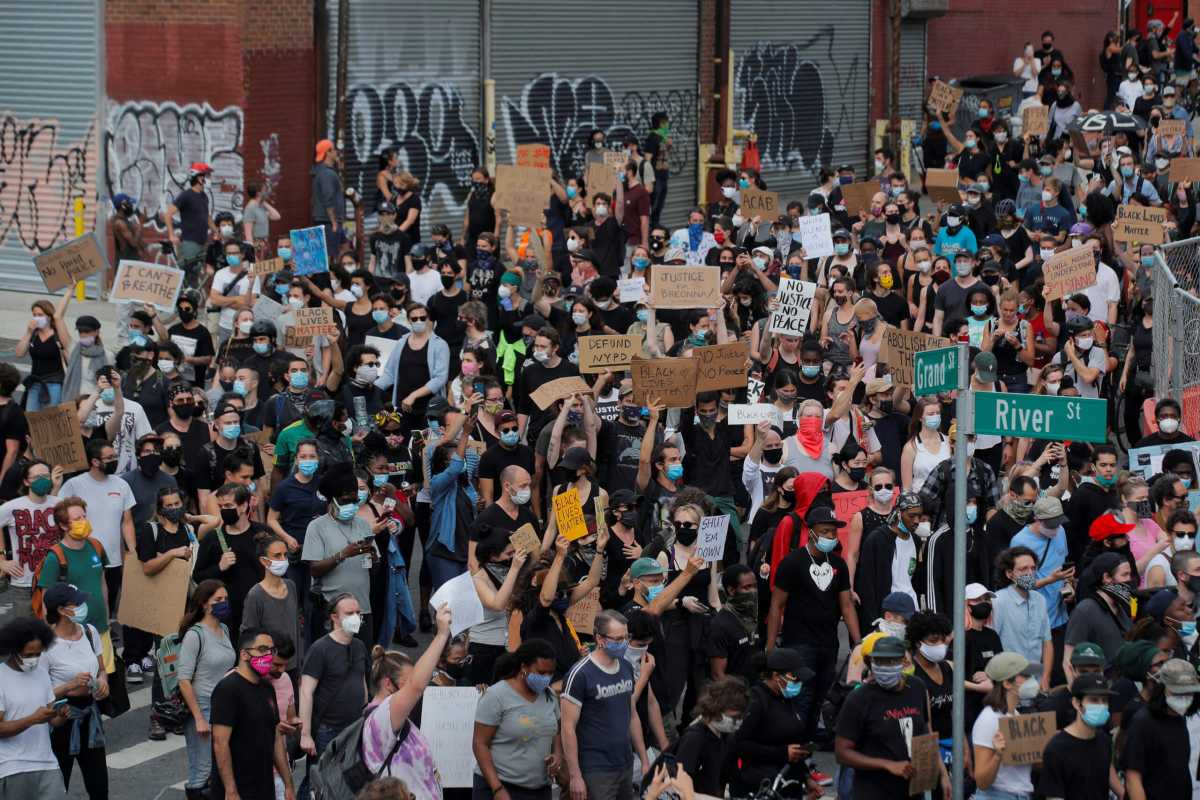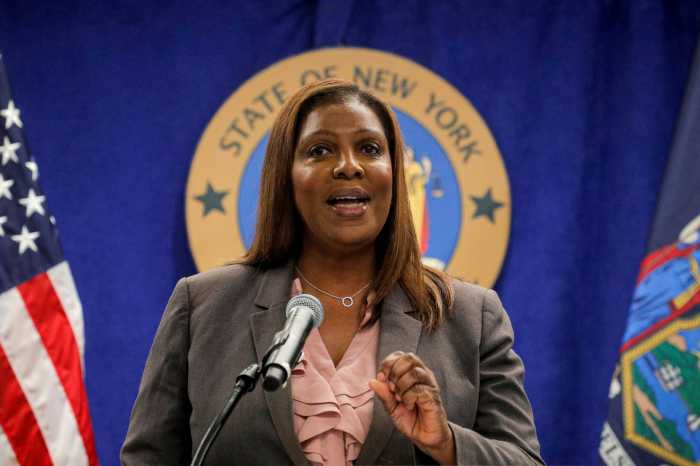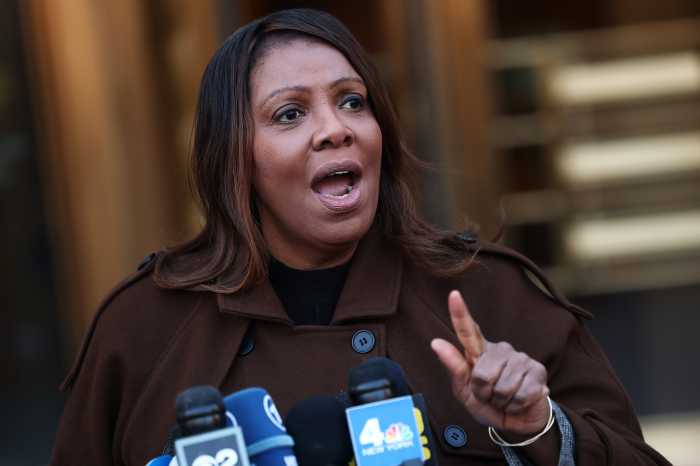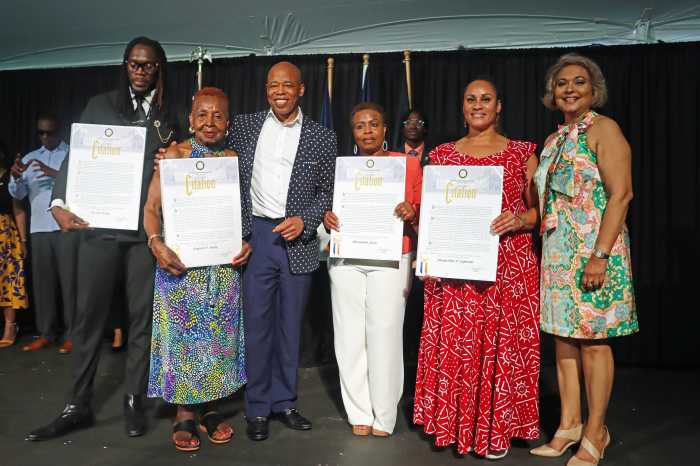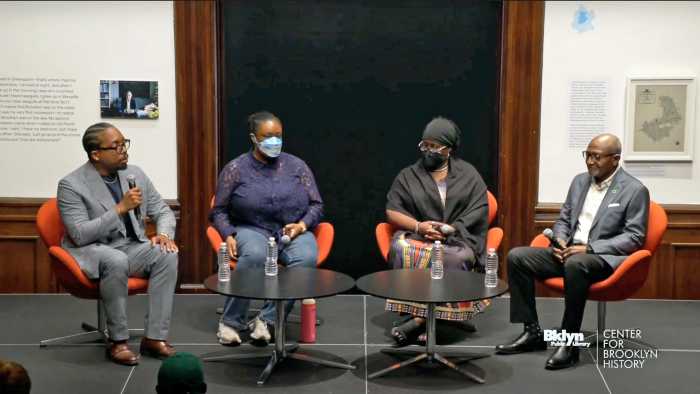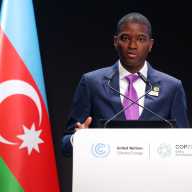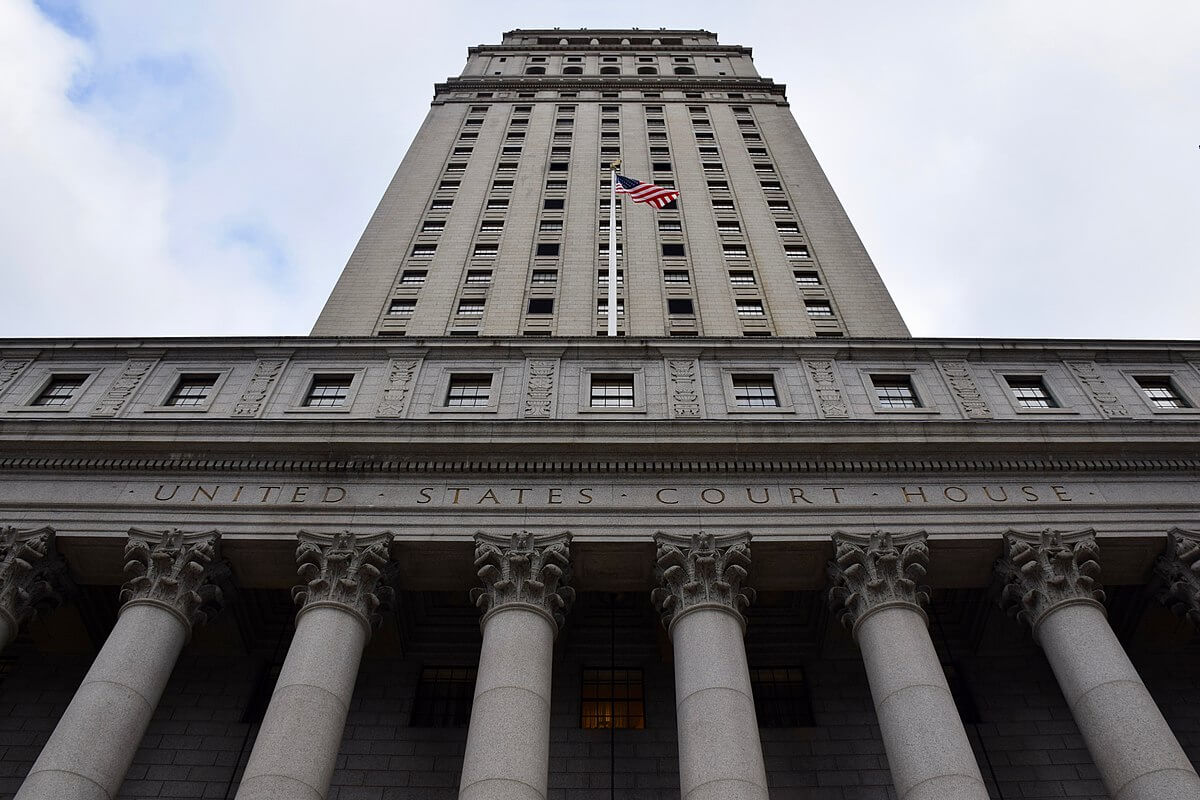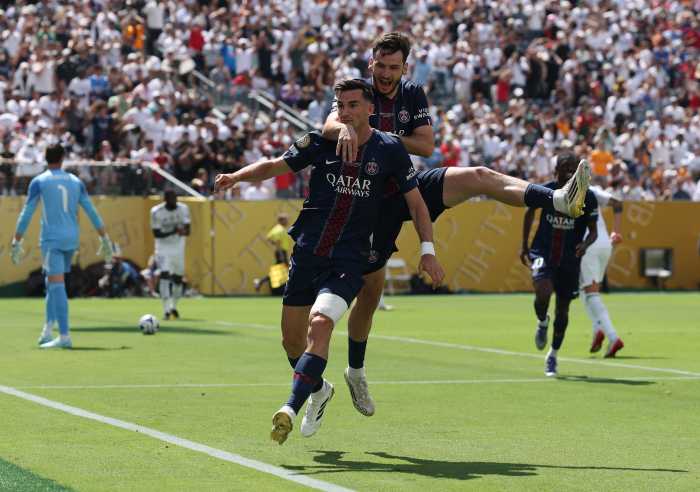The dark days of defiant protesters marching through city streets in 2020 despite social quarantine impositions last Memorial Day are no longer the relentless screaming reminder to the fact “Black Lives Matter.”
In 2021, the visuals and noise may be less horrific and deafening.
The noises began just before the holiday on May 25 when 17-year-old Darnella Frazier recorded a police officer from the Minneapolis Police Department kneeling on the neck of a Black man, now known to be George Floyd.
Out and about with a relative, Frazier masked her nose and mouth to protect herself and others from the scourge of the novel coronavirus but could not shield her eyes from seeing the persecution of a stranger. The teenager said she noticed an unusual incident and immediately aimed her phone’s camera on Derek Chauvin, the uniformed policeman who placed his knee on Floyd’s neck.
According to her account, the officer seemed cavalier about his action, he kept his hand in one pocket, stared into the camera lens, ignored the pleadings for mercy and for nine minutes and 29 seconds stayed on the neck until life left the subdued Floyd.
Her video went viral, prompting thousands of Americans to take to the streets in protest.
Like a human tsunami, demonstrators crossed state borders in solidarity, influencing global outcry on continents.
Frazier’s spontaneous action captured world view.
Apparently her insightful action recorded an arrest gone horribly wrong.
The fact many cities were in lockdown mode due to the pandemic, quarantined Americans were able to witness the kind of police brutality Black Americans regularly complained about.
The awakening was a virtual enlightenment.
That so many Americans had never really looked closely at the reality, this forced period of confinement enabled some to believe that seeing is believing.
More than a few believed what they saw.
Young whites seemed most incensed. They marched and cycled relentlessly to the Barclays Center, Union, Pershing and Times Square, Columbus Circle and other landmark locations to protest the brutish act. All because a teenager proved herself a crusader for justice.
During the trial Frazier took the witness stand to testify against the wicked brute. Her emotional testimony must have tugged at the heart strings of jurors.
Considering all she had done, she expressed remorse at not doing more to save Floyd’s life.
She said every night she apologized for not doing more to save the helpless stranger.
Frazier’s eyewitness testimony recalled how she saw terror and Floyd’s fear of dying.
One month short of the one-year anniversary of Floyd’s death, history was made in Minneapolis. The kneeler was convicted of charges of second-degree unintentional murder, third-degree murder and second-degree manslaughter. Never before had a white cop faced such scrutiny and retribution and more importantly never ever had a white cop in Minneapolis ever been convicted of killing a Black man.
“I just cried so hard,” Frazier now 18-years old posted on social media. While waiting for the verdict she said “my heart was beating so fast, I was so anxious.”
“George Floyd, we did it!!” she said. “Justice has been served.”
The April 20 decision by the diverse jury was swift. The anonymous group comprised eight whites and self-described individuals ascribed to being six people of color.
The unprecedented verdict was announced a little more than nine hours following a judge’s charge that they consider the evidence before deciding if the prosecution had met its burden of proving the case beyond a reasonable doubt and that the kneeling was unjustified.
Without request or a single query for rereading of testimony or redefinition of the law, the Minnesotans agreed that kneeling on a man’s neck for such a prolonged period is murder.
The verdict resonated with joy, glee and relief.
The most common retort from people in the streets expressed Floyd’s wish.
“I can breathe.”
Now an amplified call to defund the police has galvanized a movement to reform law enforcement with a George Floyd Justice In Policing Act.
Numerous polls have shown that a majority of Americans agree with the verdict and approve revisions to no knock laws, the use of choke-holds to restrain individuals and limiting the role of police officers.
Pending approval of legislation, a people-powered reform bill could make police accountable and in effect change the negative, authoritarian policing tilted against Blacks in America.
“It was a murder in the full light of day, and it ripped the blinders off for the whole world to see the systemic racism — that is a stain on our nation’s soul; the knee on the neck of justice for Black Americans; the profound fear and trauma, the pain, the exhaustion that Black and brown Americans have experienced every single day,” President Joe Biden said upon hearing the verdict.
Attorney General Merrick Garland, Biden’s Justice Department appointee, said he is launching “an investigation into the MPD to determine whether the police department has a pattern or practice of using excessive force including during protests.”
“Accountability is an essential part of building trust with the community,” Garland said. “Public safety requires public trust. Justice is sometimes slow, sometimes elusive and sometimes never comes. The Department of Justice will be unwavering in its pursuit of equal justice.”
“I want to acknowledge and thank the jurors on this case for their immense responsibility and honorable civic duty,” MPD Chief Medaria Arradondo said.
Police Benevolent Association leader Patrick Lynch, joined a long list of union leaders across the nation to comment on the historic decision.
“What Derek Chauvin did that day was not policing,” he said. “It was murder.”
The comment from the Queens-born police advocate did not go unnoticed by his detractors. Some criticized him for supporting the actions of NYPD cops who used a choke hold in 2014 to restrain Eric Garner.
Ironically, Garner pleaded to NYPD officers to spare his life using similar words as Floyd — “I can’t breathe.”
Like Floyd, Garner’s pleas were in vain.
Whether or not the murderous kneeler is sentenced on June 16 to upwards of 33 years in prison, a reckoning seems imminent for police department heads and their officers.
That the decision will be made three days before Juneteenth — the June 19, 1865, date Blacks in Texas were declared free Americans and the oldest commemorative dedicated to African-Americans — will resonate with resolve that in the midst of the novel coronavirus in 2020, millions of Americans of all races risked infection and police brutality in order to exercise their first amendment right to protest.
Chauvin’s orange outfit has replaced the blue he felt entitled to execute on people of color.
An awareness of Juneteenth in 2021 might offer even more universal comprehension of the endurance of Black lives but certainly punctuate why more than a century ago and now Black Lives Matter.
Catch you on the inside!


